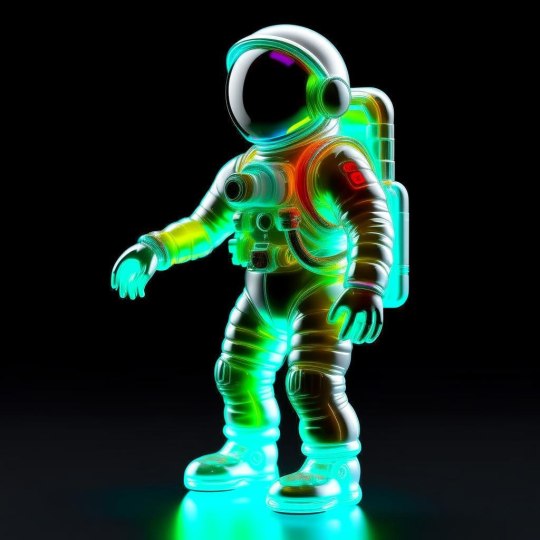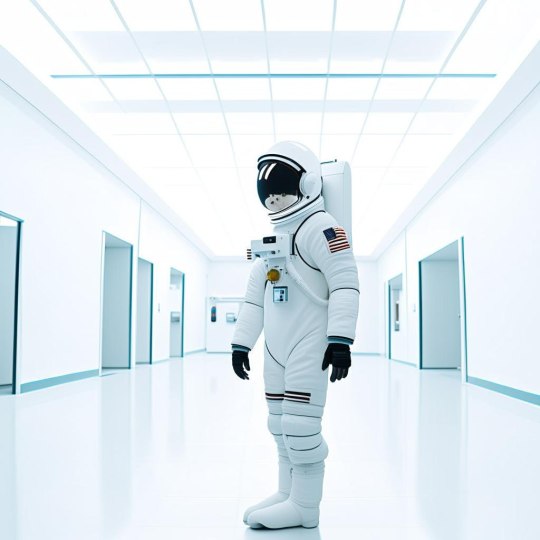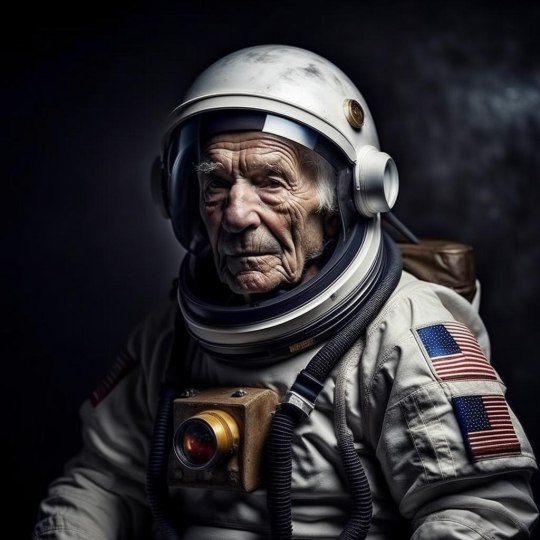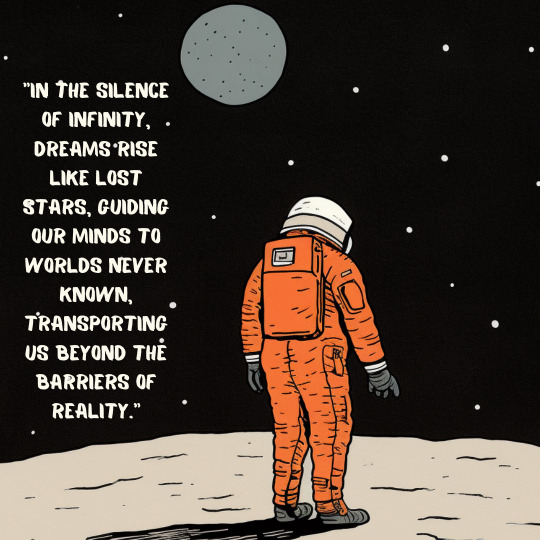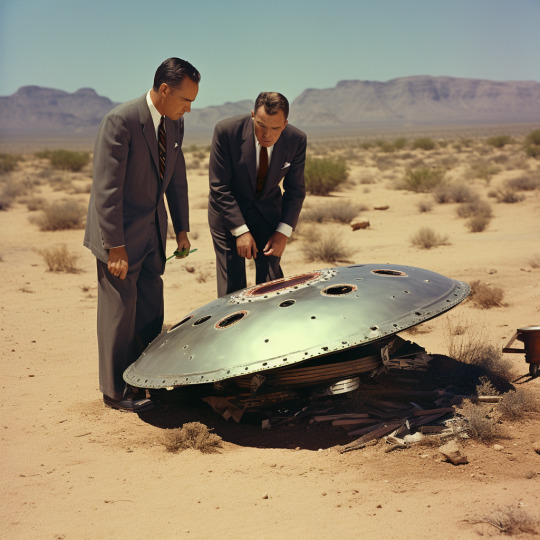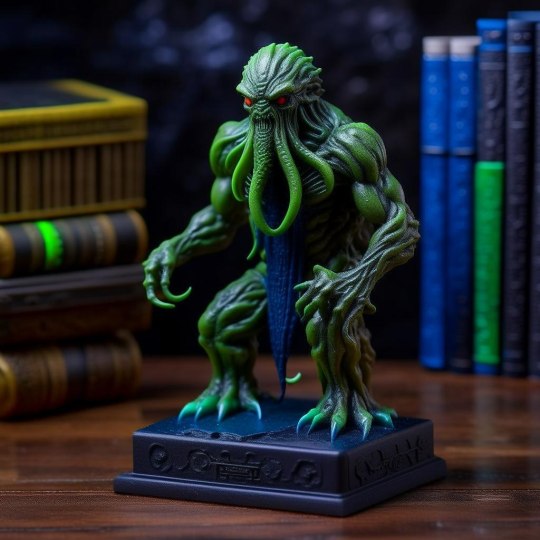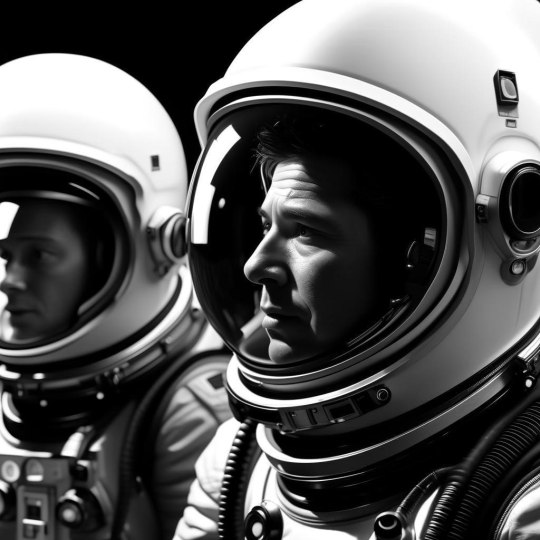Text
https://opensea.io/assets/matic/0x7cb68819a5dbad45c291271efc27881cc26f2a79/1
"Step into a realm where solitude meets the infinite. This evocative NFT captures the essence of exploration—of being alone, but not lonely, amidst the cosmos. It's a tribute to the wanderers, the dreamers and the thinkers. Owning this piece is not just an investment in digital art; it's a statement of connection to the vast universe around us. This astronaut, a symbol of human curiosity and resilience, stands on the lunar surface, inviting you to join in the silent symphony of the stars. Acquire this NFT, embrace the odyssey of the mind, and let your imagination unfurl across the endless night sky. Available now for those who dare to dream big and explore the depths of both space and soul."
Become the curator of this interstellar solitude. Inquire within! 🌌✨ #NFT #DigitalArt #SpaceArt #Astronaut #CosmicSolitude #ArtCollectors #TumblrArtScene
3 notes
·
View notes
Text
NASA's secret mission: Bastet II
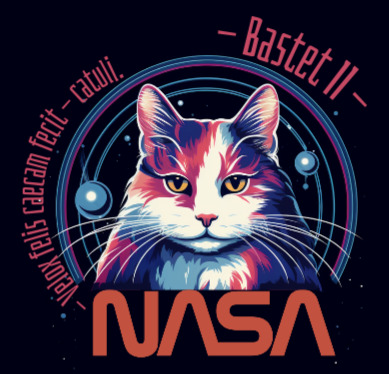
In 1976, NASA launched a secret mission called Bastet II, an ambitious and controversial project to send cats into space. The aim of the mission was to study the effects of weightlessness on felines and to evaluate the possibility of using them as companions for astronauts on extended space missions.

Despite the utmost secrecy, some information about the mission was leaked thanks to an insider who revealed the existence of photos and the mission logo. The pictures showed the cats inside a space capsule specially designed to house them, while the logo depicted a stylised cat with an astronaut's helmet and the inscription 'Bastet II'.
The reasons why NASA chose to keep the Bastet II mission secret are still not entirely clear. However, it is speculated that the space agency wanted to avoid controversy surrounding the use of animals in space experiments, especially after the criticism it received for sending dogs and monkeys into space in the 1960s.

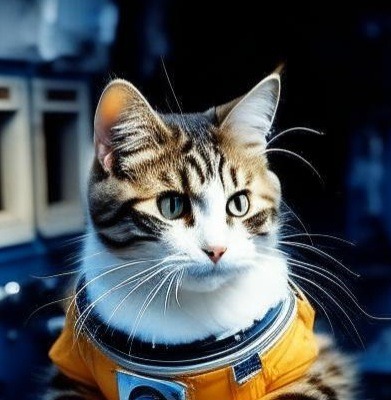


Despite the passage of years, the outcomes of the Bastet II mission remain shrouded in mystery. No official report has ever been published and the fate of the cats involved in the mission is unknown. Some claim that the felines managed to survive and were recovered at the end of the mission, while others believe that the mission failed and the cats died in space.
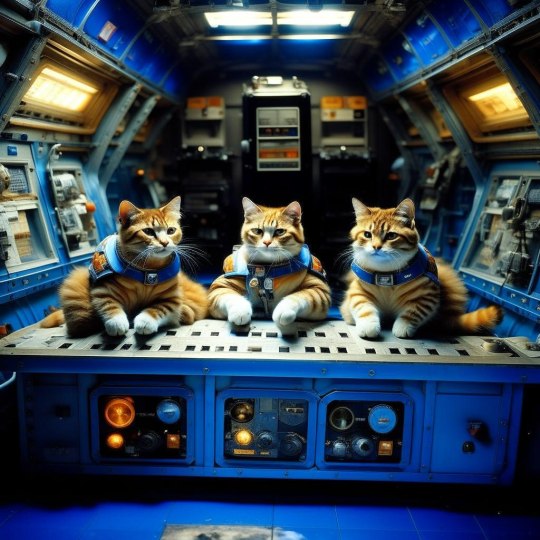
The story of the Bastet II mission remains a fascinating and disturbing enigma, a dark chapter in the history of space conquest that raises as yet unresolved ethical and scientific questions.

The name of the mission was very probably inspired by the goddess of ancient Egyptian religion, venerated since the Second Dynasty (2890 BC) whose name is rendered as B'sst , Baast , Ubaste and B'aset precisely. Bastet was worshiped in Bubastis in Lower Egypt, originally as a lioness goddess, a role shared by other deities such as Sekhmet. Eventually Bastet and Sekhmet were characterized as two aspects of the same goddess, with Sekhmet representing the powerful warrior and protector aspect, and Bastet, who increasingly was depicted as a cat, representing a gentler aspect. The fact that there is a number 2 in Roman numerals suggests that this was the second mission of this type. The movement of the mission which in Latin avoids ""The hasty cat makes blind kittens" makes us think of an attitude of NASA that wanted to take the necessary time to do things right. But what exactly it refers to remains a mystery
32 notes
·
View notes
Text









One intriguing aspect of AI-generated imaginary individuals is their ability to blur the line between reality and fiction. However, despite their highly realistic appearance, these fabricated faces can sometimes evoke an eerie feeling known as the “uncanny valley.” The uncanny valley describes the discomfort or unease experienced when a human-like object, such as an AI-generated face, appears almost but not quite convincingly human.
9 notes
·
View notes
Text
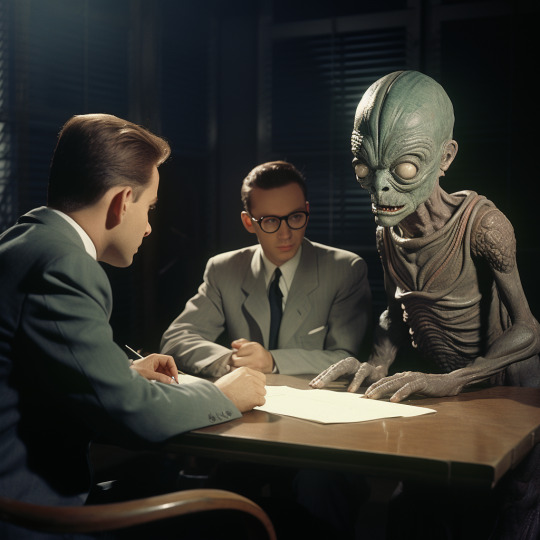
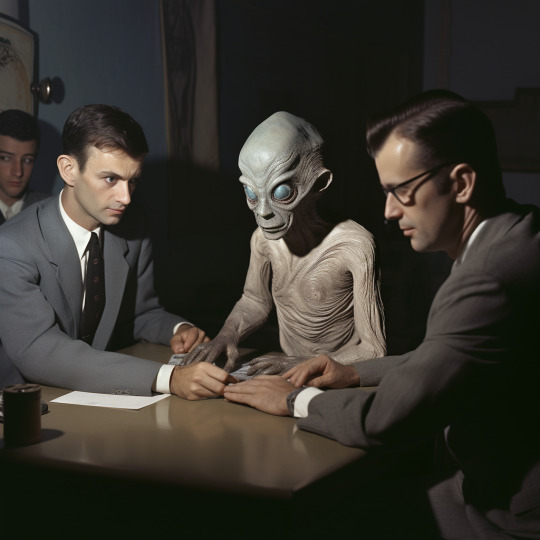
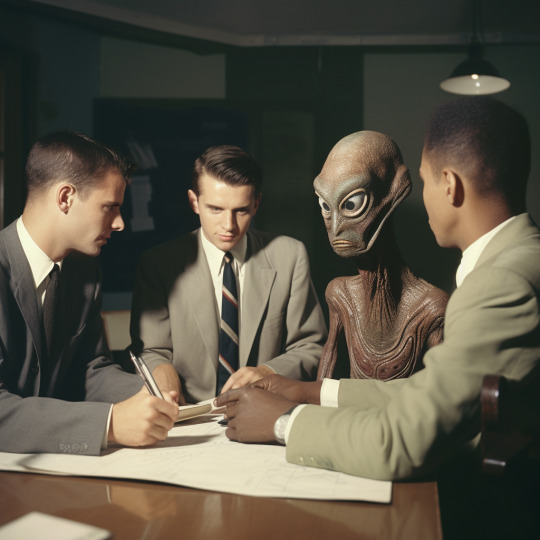
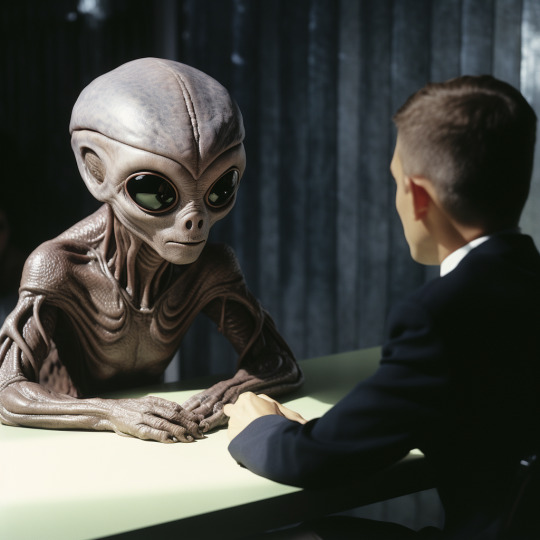
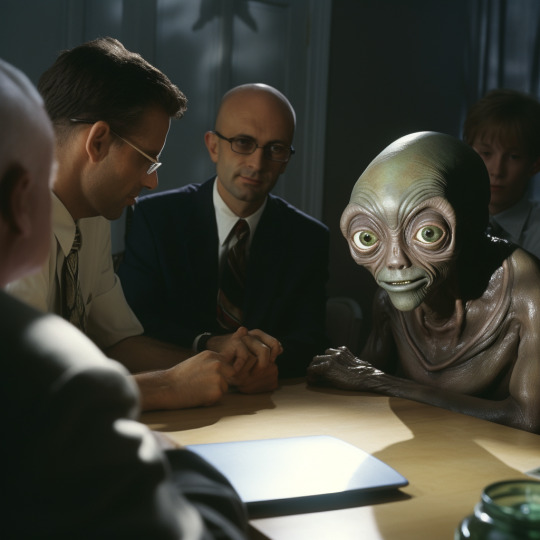
Real Man In Black.
MIB officials have been recording every arrival and departure of alien entities since 1952. Despite careful surveillance, occasionally some aliens arrive on earth clandestinely.
40 notes
·
View notes

